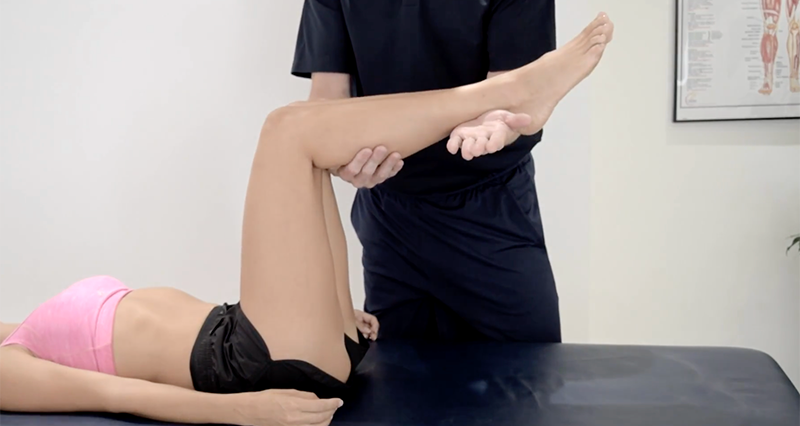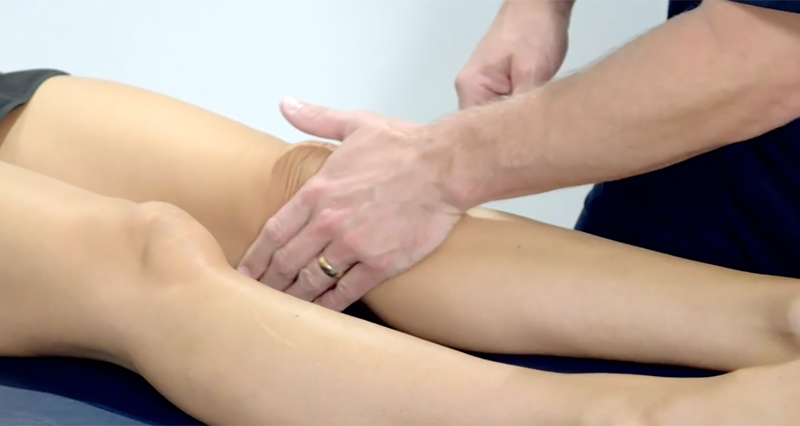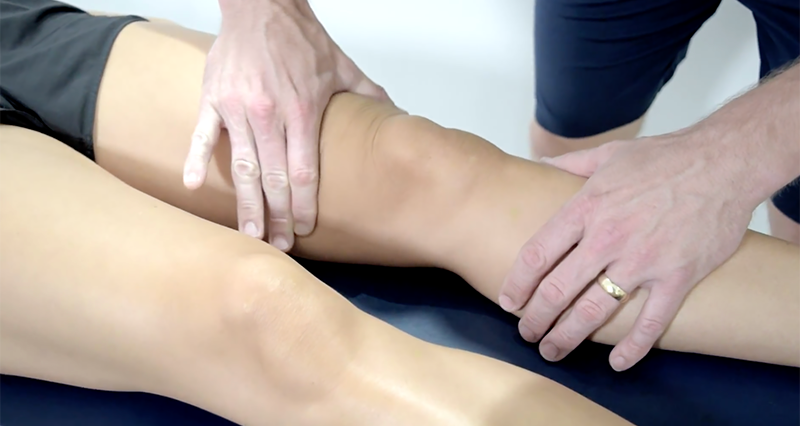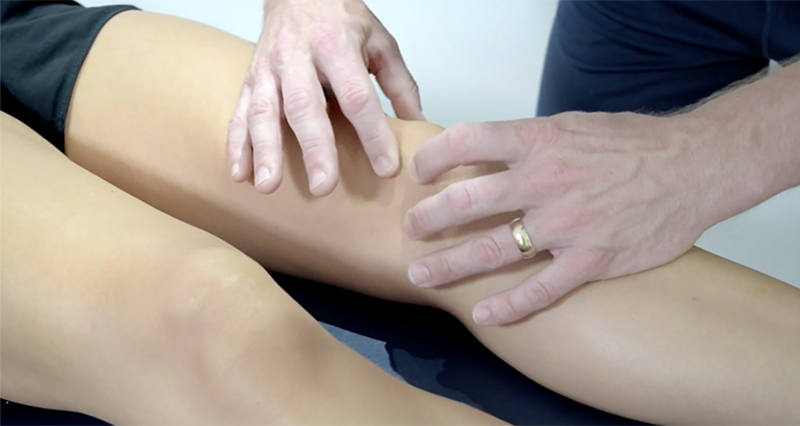The Posterior Sag Test, also known as Godfrey’s Test, is another clinical examination procedure used to assess the integrity of the posterior cruciate ligament (PCL) in the knee.
The PCL is crucial for stabilizing the knee by preventing the tibia (shinbone) from moving backwards under the femur (thighbone). This test specifically looks for a sign called the “posterior sag,” indicating that the tibia has sagged or dropped backwards due to a compromised PCL.
What is a Posterior Cruciate Ligament Injury (Torn PCL)?
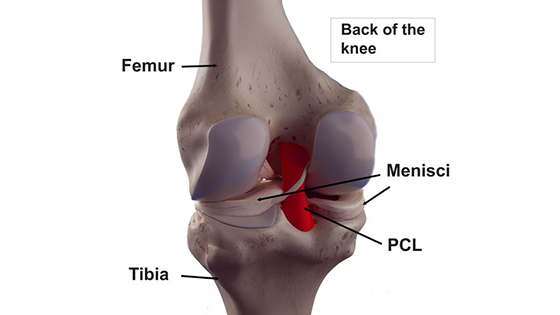
A torn PCL is a rupture (sprain) of the posterior cruciate ligament in the knee joint. One cause is an impact to the front of the knee which causes your knee joint to bend back the wrong way.
How to perform the posterior sag test
Lie flat on your back and bend your knee and hip to 90 degrees. Then, lift your leg by the heel, tilting the sole of your foot upward. Next, observe from the side how your shin bone aligns with your thigh bone.
In a healthy knee, supported by the PCL, your shin bone should align with or be slightly in front of your thigh bone. Finally, look for any sagging or backward drop of your shin bone relative to your thigh bone; this backward sag indicates an injured or weak PCL.
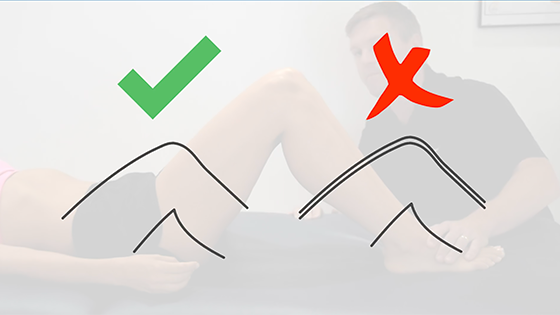
How to identify PCL injuries with the posterior sag test?
If you notice a sag, this could indicate a PCL injury. Conversely, the absence of sag suggests your PCL is likely in good condition.
Considerations
The posterior sag test, simple and minimally uncomfortable, plays a crucial role in comprehensive knee assessments. Results, combined with history and symptoms, help diagnose PCL issues and should be interpreted by a trained provider.



